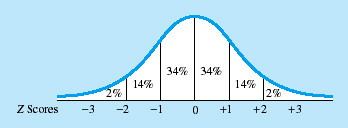Chapters 1-3 Psychstats Pretest
- APA
2.
You may optionally provide this to label your report, leaderboard, or certificate.
×
Thank you for your feedback!
















